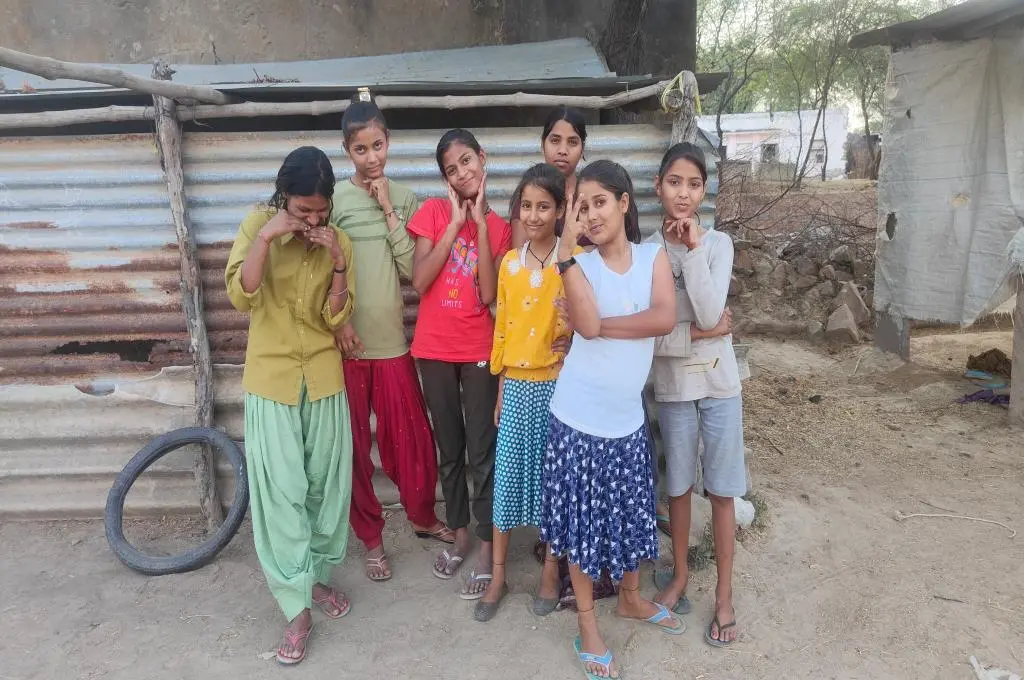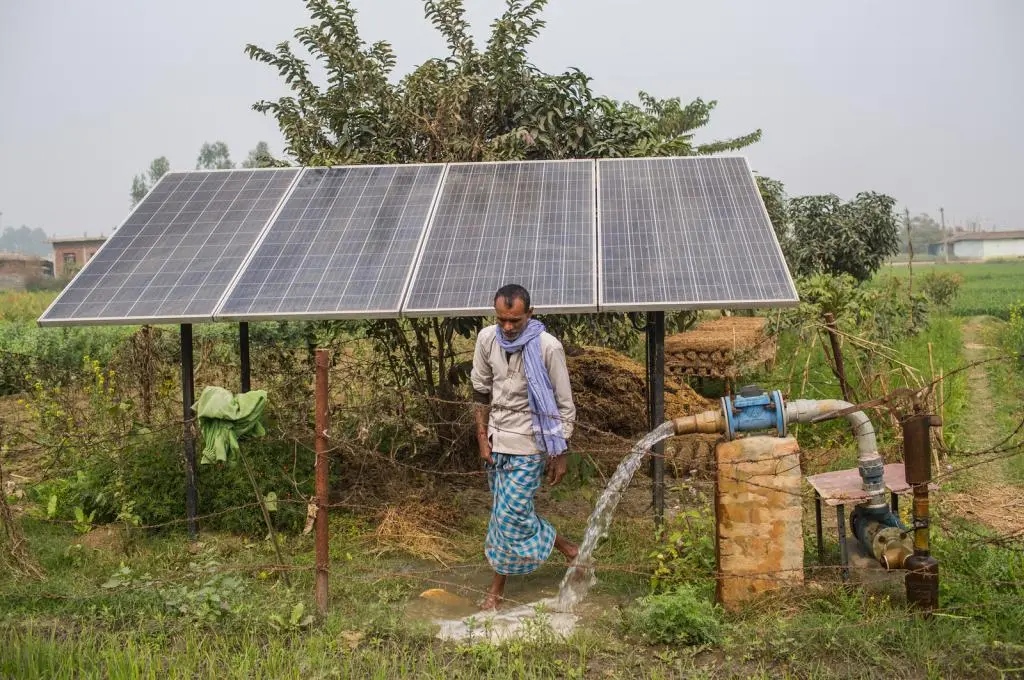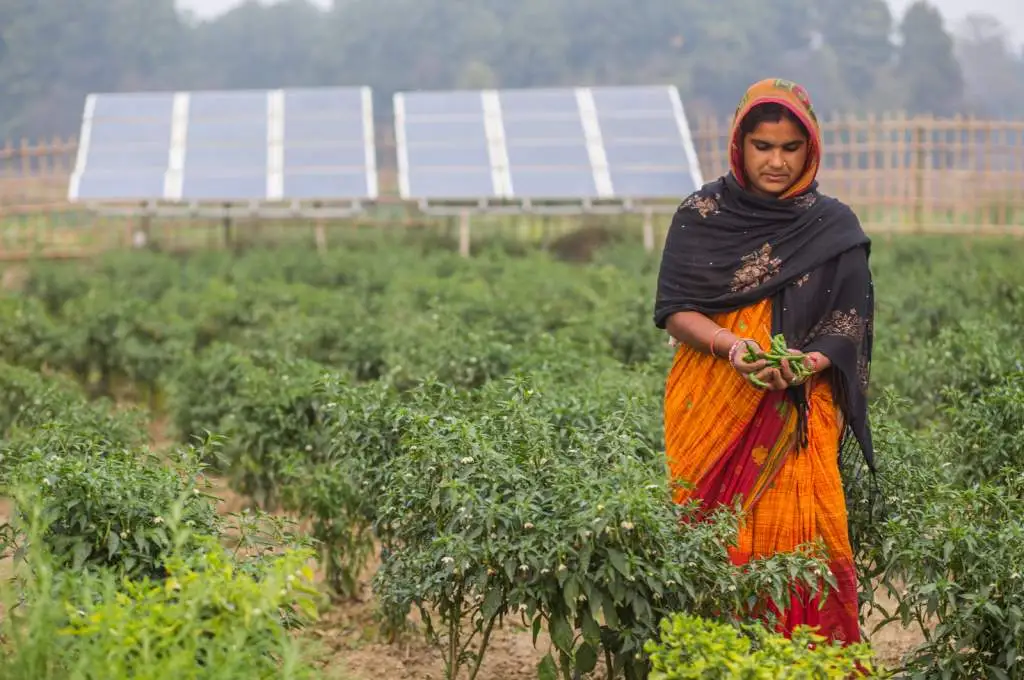India ranks twenty-sixth out of 163 countries on the Children’s Climate Risk Index, emphasising the high vulnerability of its child population to climate shocks and stressors. An estimated 24 million children in the country are impacted by cyclones, floods, heatwaves, and other climate-related emergencies every year. This exposure is likely to worsen as human-induced climate change increases the unpredictability, frequency, and severity of extreme weather events.
While climate events visibly impact children’s education, food security, and health, their indirect impact on children’s safety and well-being is less understood. Children rely predominantly on their parents or caregivers for survival and development, and climate events destabilise these care, protection, and socio-economic support systems by upending family structures. This has both immediate and long-term impacts on children’s overall development and safety. However, such breakdowns are often invisible, making them difficult to measure and address.
At Aangan, we have been working on issues of child safety and well-being for more than 22 years. And it was during our work in the Sundarbans region of West Bengal in 2020, that we began to see the connection between erratic, recurrent, and unexpected climatic events and people’s worsening vulnerability, the erosion of their ability to adapt, and, inevitably, the rise in violence and exploitation of children.
Below are some key insights we have gathered from our work on understanding how the climate crisis is affecting children:
1. Loss of livelihoods and forced migration are disrupting children’s lives
“My parents migrated and left me to look after my elderly grandparents and younger sibling. I had no one to guide me and felt so lost and confused,” shared Sudeshna,* a 15-year-old from the North 24 Parganas district, West Bengal, recalling the challenges she faced when her parents were forced to migrate in the wake of Cyclone Yaas.
Climate-induced migration differs from typical migration patterns in India, which are often driven by aspirations for better livelihoods. In contrast, people displaced by climate events are left with little or no choice. In the immediate aftermath of a climate disaster, the sudden loss of livelihoods, homes, and land often forces families to migrate—not as a hopeful step forward but as an adaptive strategy. This kind of displacement deeply fragments families, communities, and care systems for children. Younger children are often left in the care of their grandparents or an older sibling—often girls. Some children migrate on their own and work in hazardous environments. In other cases, different members of the family may be forced to migrate separately, or the entire family may migrate together as a unit. Many migrants also face dual distress, as their new destinations may also be threatened by climate risks, forcing them to migrate cyclically.
Climate-induced migration alters the very nature, construct, and fabric of families and the manner in which they operate. In each instance of migration, children face risks such as family separation and threats to health, housing, and sustained nutrition. This is in addition to issues of being left unsupervised, being pulled out of school, being put into work, and being susceptible to violence, abuse, and exploitation.

2. Climate-related shocks are leading to an increase in child marriage and child labour
Climate events are distressing for everyone, but particularly so for children who are not equipped to deal with uncertainty. When serious climate events occur, mounting financial pressures and indebtedness push families to resort to adverse decisions such as child marriage or putting their children to work to make ends meet. A 2023 survey we undertook during our West Bengal programme in certain climate-vulnerable districts of the Sundarbans revealed that instances of child labour and child marriage have increased due to the effect of climate disasters on livelihoods and the resulting financial instability of families. Of the 608 households covered under the study, 16 percent reported having either married off a child, sent them to work, or pulled them out of school to cope with the financial impact of disasters. This response rose to 20 percent among more vulnerable households, those that had suffered significant livelihood loss. Among the adolescents we spoke to, 15–23 percent said that they themselves had faced the pressure of child marriage or child labour, while 65–75 percent claimed to know someone close who was affected by it.
“I had a group of six friends in school. We did everything together. We used to laugh a lot. But now, only one friend is left. The others have either been married off or had to leave school because their families are very poor. I hold on tight to my last remaining friend—we are both terrified at the thought of losing each other,” said Sriparna*, 16.
For many parents, child marriage becomes a way to ensure their daughters’ safety, especially when they are unable to care for them or are worried for their safety while they are at work. Prolonged school closures and mounting financial pressures due to climate events also force many children from low-income households to take up work at home or outside. Whatever the form, children’s educational outcomes are severely impacted. They either completely drop out of school or attend irregularly while struggling to balance the demands of education and work.
Surjyo*, 17, described how returning to school after dropping out can be a challenging task. “I was 13 when Cyclone Amphan hit. I had to leave school and start working to support my family. Since then, I have worked in Chennai and Kerala. My father recently called me back and said I should complete my schooling. But I am nearly 18, and no school is ready to take me in. Anyway, the schools keep closing because of rain and flooding. I don’t know what to do now.”
3. Extreme weather events are taking a toll on children’s mental health
Climate events have severe consequences on the mental well-being of children, who are often forced to live in temporary shelters among strangers, with no knowledge of whether they will go back to their old life again. This can be especially distressing for younger children, who often lack the emotional tools to navigate such instability.
Our study found that disaster stress affected the mental well-being of children in several ways—they became more fearful, restless, and withdrawn; faced difficulty in speaking; and did not leave their homes. Some were now afraid of storms, lightning, and loud noises, and had problems focusing. Many also expressed higher levels of sadness, anger, and aggression. became more sad, angry, and violent.
Several adolescents we spoke to stated that they were so disillusioned with their existing circumstances that they often contemplated risky actions such as running away, migrating alone with suspicious agents, or getting married. “I think about running away a lot. All my friends say that running away or getting married is much better than staying here,” said 17-year-old Mamta*.
The climate crisis is reversing years of progress
The climate crisis is not only affecting children in isolated ways but is also undoing decades of efforts aimed at improving their safety, health, well-being, nutrition, and education. Despite this, current climate actions and solutions are mostly ignorant of children’s needs and rarely recognise children as citizens and affected persons in their own right, with specific needs and entitlements. These responses also tend to be fragmented and siloed—focusing only on issues of education, maternal and child health, food security, and nutrition—without considering the holistic needs of children.

Additionally, India lacks centralised, hyperlocal data on children’s vulnerability to climate change, including key child vulnerability indicators such as working children (aged five to 18), missing children, street children, migrant children or children affected by family migration, trafficked children, children enrolled in school but not attending or attending irregularly, and orphaned children. The absence of this data impacts all stakeholders—be it funders, policymakers, or implementing organisations—and leaves many of the most vulnerable children at increased risk of violence and exploitation. Moreover, the intersection of climate change and child safety and well-being remains poorly understood by all stakeholders, often resulting in limited attention and action on the issue.
To effectively protect children from the impacts of climate change events, it is important to understand children’s unique vulnerabilities and needs in the climate context. This requires anyone engaged in climate action to:
i) consider the interconnectedness of children’s needs across four fundamental and interrelated domains of children’s safety and well-being: safety and protection; access to basic services (such as health, nutrition, water, sanitation, hygiene, social security, and food); family and community connectedness; and education and economic security;
ii) replace siloed work in either climate action or child protection and development with cross-sectoral, coordinated, and integrated actions in partnership with multiple stakeholders across sectors to safeguard children’s safety and well-being as a whole; and
iii) prioritise child safety and well-being in all aspects of disaster or crisis management, whether it involves preparedness, adaptation, and resilience; response and relief; or long-term rehabilitation.
Given the continually evolving nature of climate events as well as our understanding of the risks of violence and exploitation faced by children, policies, actions, and interventions must also evolve. To create real impact on the ground, these efforts need to be grounded in the lived experiences of children and their caregivers.
At the same time, it is crucial to recognise that climate change does not operate in isolation. Its effects are wide-ranging, intersecting with multiple systems and deepening existing vulnerabilities. Climate actions and solutions must account for these intersections, be child-centred, and explicitly address issues of violence and exploitation of children. Only then can we ensure that children are safe and protected.
*Names changed to maintain confidentiality
—
Know more
- Read this to learn more about the impact of climate change on children’s health.
- Learn more about climate action plans in emerging cities of India.
- Learn more about children’s climate risk index.





